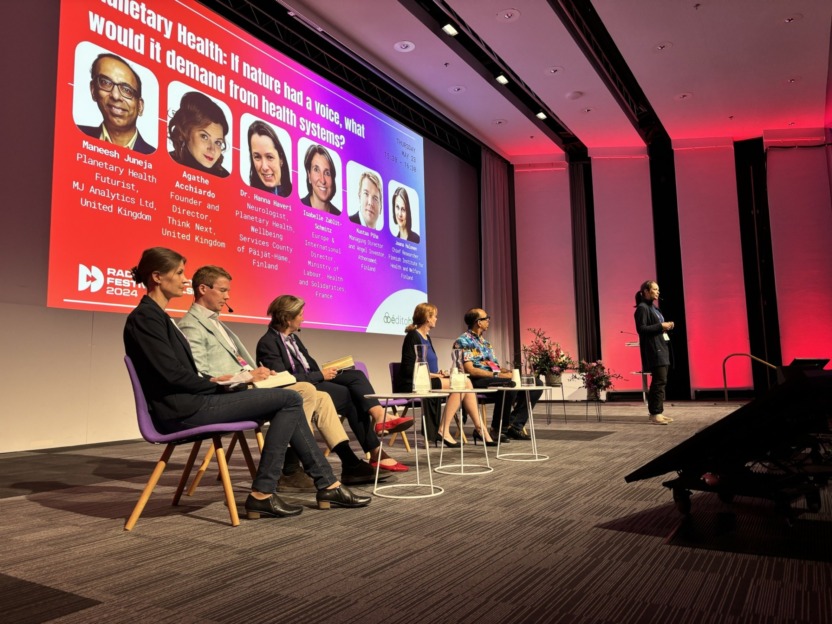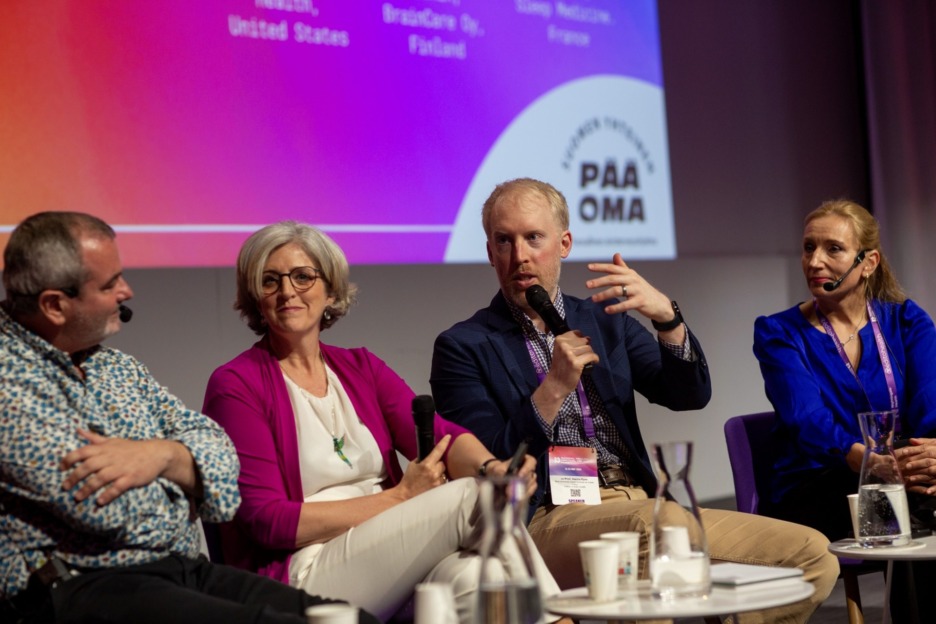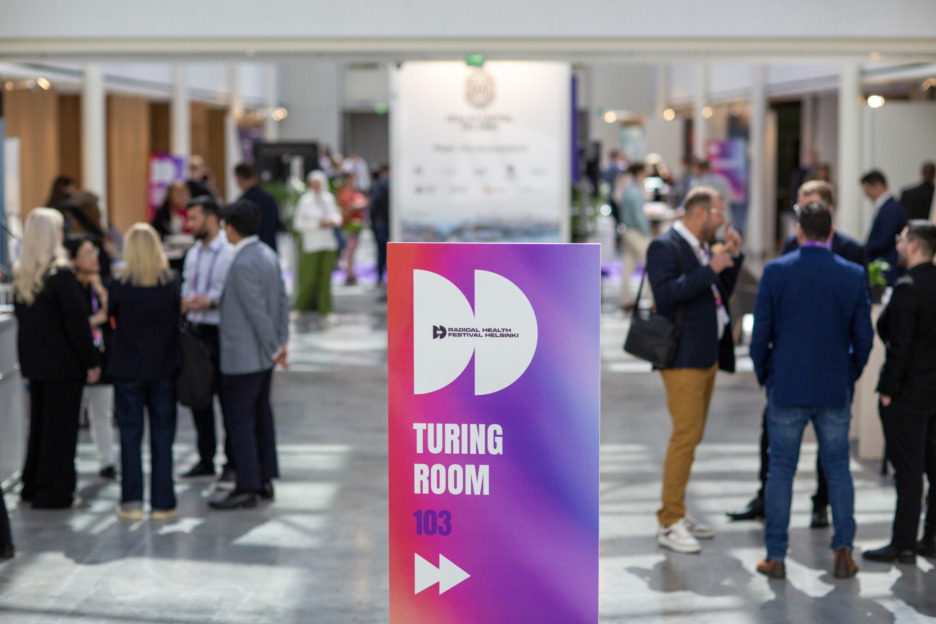Prescribing Life, Not Just Medicine

The Role of Social Prescribing in Precision Health
When we think about health, our minds race to familiar places: hospitals with their sterile corridors, doctors in white coats, prescription pads filled with pharmaceutical names we can barely pronounce. This reflexive association runs deep in our collective consciousness. Yet here's a striking truth that should fundamentally reshape how we approach healthcare: only 25% of our health and wellness stems from biology. The remaining 75% is influenced by social, environmental, behavioral, and economic factors that rarely appear on a medical chart. It's time we take a holistic approach and stop confining health and care to the medical setting. This is precisely where social prescribing enters the scene.
What Is Social Prescribing?
Social prescribing represents a paradigm shift from reactive "sick-care" to proactive, person-centered wellness. It's a holistic approach that connects people to non-clinical services in their community—often described as "prescribing a life, not just medicine."
Rather than responding to illness with another prescription, healthcare providers refer patients to community-based interventions tailored to individual needs. These interventions are built on four foundational pillars: Arts, Nature, Exercise, and Knowledge. A person experiencing loneliness might be connected to a community choir. Someone managing diabetes might join a local walking group. Another dealing with financial stress could access workshops on budgeting and benefits.
The core philosophy is simple yet profound: wellbeing is shaped by far more than clinical interventions. Social prescribing acknowledges and addresses the social, emotional, and environmental factors affecting health—getting health out of the medical setting and into the fabric of everyday life.
Technology's Role: From Data to Delivery
Technology has an important role to play in scaling and personalizing social prescribing. Digital solutions are emerging across the landscape:
- Digital referral platforms like Joy App (working with 850+ GP practices in the UK), Access Elemental, and Simply Connect that seamlessly connect healthcare providers to community resources
- AI-powered matching systems that analyze patient needs and recommend personalised non-medical interventions
- Community resource databases that maintain up-to-date inventories of local services, activities, and support groups
- Analytics dashboards that track outcomes, measure engagement, and demonstrate return on investment in real-time
Although it will not replace the intuition of a human being interacting with another human being, artificial intelligence is proving particularly valuable in building and maintaining these community resource databases, suggesting intelligent matches between citizens and activities or services, and promoting ongoing engagement through personalized nudges and reminders. Crucially, some of these tools are also offering ways to measure and provide additional evidence that social prescribing and community activities work and improve outcomes. In the UK, where individuals receive support through social prescribing, it is estimated that GP consultations reduce by an average of 28% and A&E attendances drop by 24%—concrete data points that validate the approach.
These solutions require mature and integrated data infrastructures, starting with the integration of health and social data. We now live in an era of "omnidata"—where data from wearables, mobile devices, electronic payments, and social media paints a more detailed picture of daily reality than medical records alone. This comprehensive data can genuinely inform how someone spends their time, the nature of their diet, their financial circumstances, and countless other parameters needed to design personalised pathways.
Consumer Solutions and Personal Empowerment
Beyond clinical platforms, consumer-facing digital solutions are emerging that promote social interactions, build bridges between age groups, and guide wellness efforts:
- Apps that connect neighbors for mutual support and skill-sharing
- Platforms that match volunteers with opportunities to combat isolation
- Digital coaches that provide personalised wellness guidance
- Intergenerational programmes that use technology to connect older adults with younger community members
These technologies can also trigger red flags for your care community—your close friends and family members—when concerning patterns emerge in behaviour, activity levels, or social engagement.
The Essential Caveat: Technology Can Bridge, But Change Belongs to Us
Here we must pause for an important acknowledgment: technology can bridge gaps, nudge behaviours, and trigger warnings—but behaviour change ultimately lies with ourselves. No algorithm, however sophisticated, can replace human agency, motivation, or the unpredictable process of genuine social connection. This is the paradox at the heart of digital social prescribing: we're using technology to address fundamentally human and social needs. And the risk is that digital intermediation might inadvertently reinforce the very disconnection that social prescribing seeks to remedy. The challenge is ensuring technology enhances rather than substitutes for authentic community engagement.
Despite Promising Outcomes, Significant Challenges Must Be Address
Technical and Infrastructure Barriers: Digital literacy gaps, lack of internet access, language barriers, and connectivity costs create fundamental obstacles to participation. Infrastructure limitations around broadband access and device availability remain persistent challenges.
Equity Concerns: The elderly face technology anxiety and physical accessibility barriers. Cultural differences, language obstacles, and cost factors can exclude precisely those populations who might benefit most from social prescribing.
System-Level Limitations: Insufficient and unstable funding emerges as a major barrier. Community engagement remains challenging despite technological capabilities. Third-sector organisations delivering programmes often lack resources for sustained service delivery, data collection and evaluation.
Professional Resistance: Medical professionals face their own barriers - lack of time, training gaps, concerns about professional autonomy, and difficulty explaining new concepts to patients. Without clinical buy-in, even the most sophisticated platforms cannot achieve their intended impact.
Patient Adherence: Perhaps most significantly, getting people to engage with and stick to social prescriptions has proved challenging. Unlike passive medication consumption, social prescribing requires active participation. Benefits may be less immediately apparent. Fear of stigma around psychosocial problems and misaligned expectations create additional hurdles.
Global Leadership: Where Innovation Is Happening
Germany and the Nordic countries are leading innovation through systematic regulatory frameworks and integrated healthcare systems. Germany's Digital Healthcare Act and evidence-based DiGA approval process have created pioneering models. The Nordic countries' universal welfare systems, advanced health registries, and cultural emphasis on preventive care provide ideal conditions for social prescribing technology.
The UK remains the most advanced system globally, with comprehensive digital platforms and national policy support. Canada and Australia are developing strong EMR-integrated solutions focused on population health and community connection.
Looking Forward: Integration, Not Replacement
Social prescribing is not about replacing traditional medicine—it's about completing it. It recognises that a prescription for statins might treat cholesterol, but connection to a walking group addresses the sedentary lifestyle causing it. An antidepressant might manage symptoms, but a community art class might address the underlying isolation. Sleeping pills might quiet the mind temporarily, but a daily meditation practice might address the underlying anxiety.
The vision of "Health Unbound" – one of the Radical Health Festival track where we explore how health is embedded in our homes, cities, workplaces, and communities – requires this synergy between precision insights and social action. One provides the intelligence through data; the other delivers implementation through community. One looks inward to biology; the other outward to society. Together, they offer a more complete picture of what it means to be well. The future of healthcare won't be built solely in hospitals or coded in algorithms. It should and swill also be shaped in parks, community centers, libraries, and living rooms – guided by data, delivered through people, and anchored in the recognition that life itself is the most powerful prescription we can offer.




